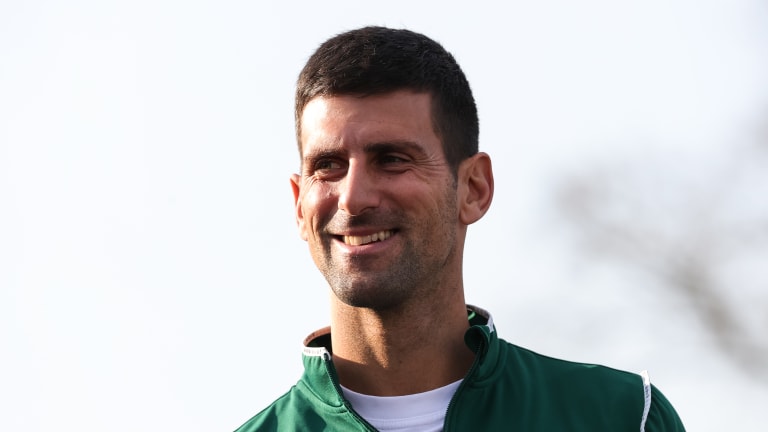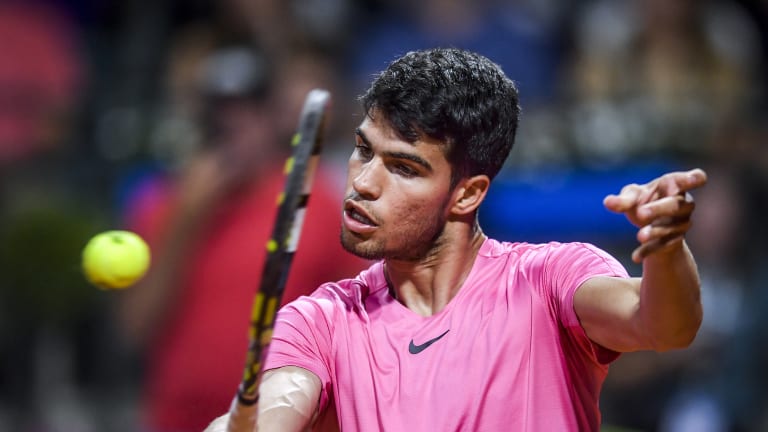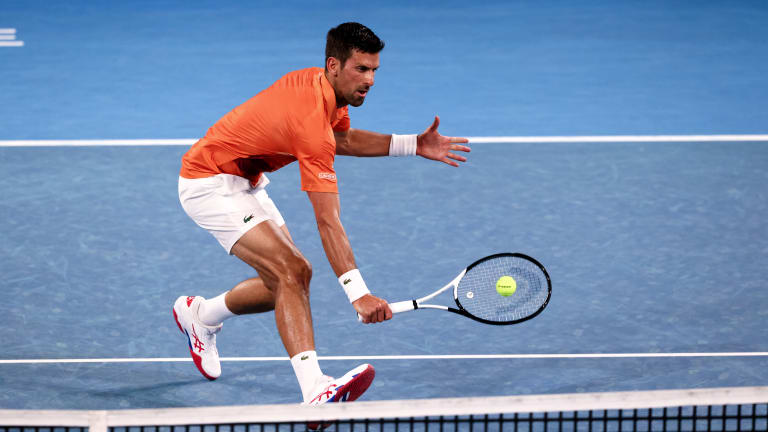Tennis Lessons
The case for the volley game: how it might be a way to play Novak Djokovic
By Feb 26, 2023Tennis Lessons
What is an unforced error? A meditation on the tennis player's least favorite stat
By Dec 28, 2024Tennis Lessons
The Never-Ending Serve Quest: Top players shift focus towards improved deliveries
By Feb 27, 2024Tennis Lessons
Roger Federer in primetime: TC Plus Classics to revisit 20-time Slam champ's greatest matches
By Dec 19, 2023Tennis Lessons
Winning Ugly, revisited: Brad Gilbert’s ethos returns with Coco Gauff Slam triumph
By Sep 30, 2023Tennis Lessons
On 50th anniversary of Billie Jean King's 'Battle of the Sexes' win, a push to honor her in Congress
By Sep 20, 2023Tennis Lessons
Decades before the Battle of the Sexes, Billie Jean King and Bobby Riggs spun from the same cloth
By Sep 20, 2023Tennis Lessons
50 years later, ATP Wimbledon boycott remains major tipping point moment
By Jul 13, 2023Tennis Lessons
Tracy Austin, former world No. 1, turns 60
By Dec 12, 2022Tennis Lessons
On This Day, 1997: A 141st-ranked Andre Agassi takes "step in the right direction" at Las Vegas Challenger
By Nov 16, 2022Tennis Lessons
The case for the volley game: how it might be a way to play Novak Djokovic
Charging the net alters the texture not just of a single point, but of an entire match.
Published Feb 26, 2023
Advertising

Dare use such trite terms as “defensive” or “steady” to describe Djokovic at your own peril.
© 2023 Srdjan Stevanovic
Advertising

Alcaraz is one of the few in his generation of players who is comfortable rushing the net.
© 2023 Getty Images
Advertising
Advertising

Forward movement has aided in the evolution of Djokovic's game.
© ©Icon Sportswire (A Division of XML Team Solutions) All Rights Reserved